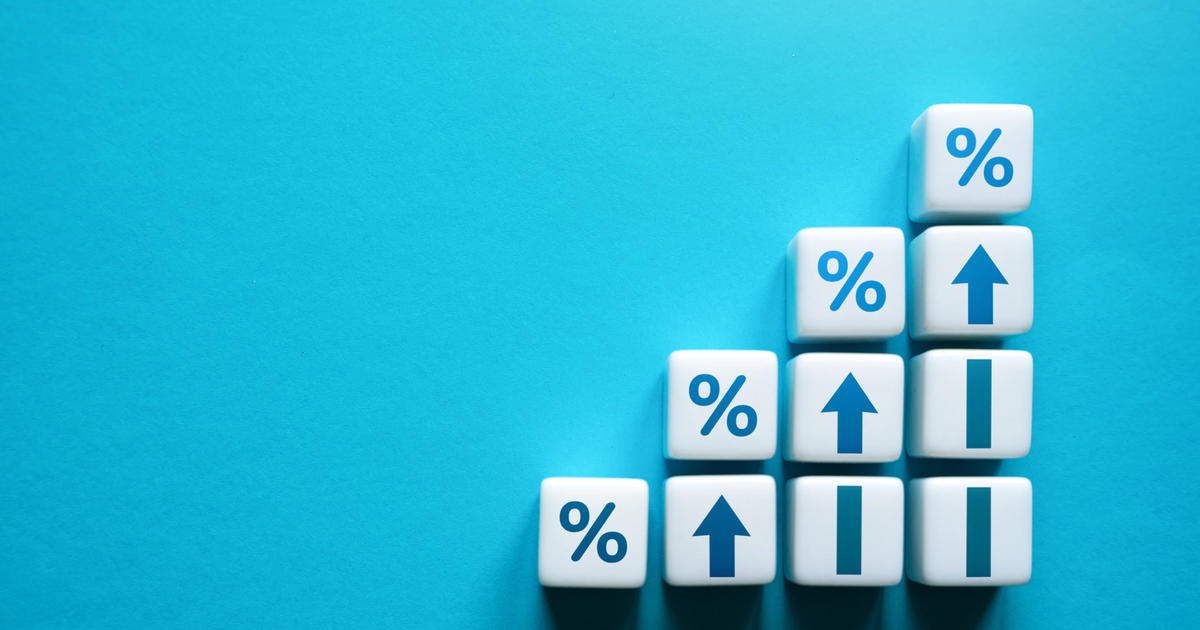Getty Images
Both inflation and interest rates have been pretty high over the last few years. While the former isn’t great for anyone, as inflation can vastly (and quickly) increase the cost of everything from housing to fuel for your vehicles, the latter has been nice for savers, allowing them to earn significantly more on certificates of deposit (CDs) than they could have previously.
The exact amount you stand to benefit from with these higher rates depends on how much you deposit into your CD. While many banks have minimums — which usually range between $500 to $1,000 — the maximum deposit amounts vary more widely, and you’ll want to choose the right amount to maximize savings without straining your finances.
Ready to start earning more interest on your savings? Find out your top CD account options now.
How much money should you deposit in a CD now? Here’s what experts say
Not sure how much to put in your CD account? Here’s what experts say to do.
Look at your finances
The best place to start is to look at your finances. How much do you have that you can comfortably deposit into a CD without stressing your budget?
“I would start with looking at what you have saved and could potentially invest,” says Brittany Pedersen, director of deposit and payment operations at Georgia’s Own Credit Union. “You can review the previous year to see how often you needed to draw on saved funds and any life events that affected you financially. Then consider any possible upcoming expenses — vacations, home repairs, car repairs, etc. — and make sure that you are still leaving enough funds liquid to cover those unexpected costs.”
Financial pros generally recommend having at least six months of expenses in an emergency fund, so make sure you have that in place before investing any extra cash.
“Before deciding on a number first make sure you have your fast cash or emergency fund set up,” says Cynthia Campos Delgado, founder and financial advisor at Campos Wealth Management. “Leave that where you can access it without incurring a penalty, then anything above that fund, you can determine how much you are comfortable not touching for an extended period and put it into a CD.”
Explore today’s top CD accounts and find the right one for you here.
Think ahead
You should also look toward the future when determining what to deposit in your CD account. For one, you need to have a grasp on any upcoming expenses you need funds ready for. You should also have an idea of what you’ll use the eventual CD earnings for — and when you’ll need them.
“There is no right or wrong amount to deposit into a CD, it just depends on the money you have available and when you plan to use it,” says Kendall Meade, financial planner at SoFi. “Someone saving for a house down payment may put $50,000 into a CD, whereas someone just using it for a portion of their emergency savings may only put $10,000.”
Knowing your end goal for the money also helps you avoid early withdrawal penalties, which many CDs come with.
“The money you’re putting into the CD should be an amount you don’t need to touch for the duration of the term,” Ben McLaughlin, president of saving platform Raisin, says.
Don’t stretch too thin
Whatever you do, don’t push your financial limits just to put more money in your CD. Not only could this make paying bills and dealing with unexpected expenses challenging, but it could also force you to withdraw funds early if you’re in a pinch. Again, this would come with an early withdrawal penalty.
“It may be more beneficial to go with a slightly lower amount you don’t need access to for the duration of the product rather than stretching yourself to put more money in the CD and risk incurring a penalty if you need your money earlier than expected,” McLaughlin says. “Take the extra time to crunch the numbers and see what situation will serve you best.”
Consider laddering
If you’re not 100% sure when you’ll need the funds, you can build a CD ladder instead of pouring all your funds into a single CD account.
This strategy requires you to open several CDs, all with different maturity lengths. Then, when the first one matures, you can decide if you want to withdraw the funds or roll them into a new CD to use at a later date.
“If you are laddering, I would recommend putting the same amount in each of the accounts,” Pederson says. “This will ensure that as they renew, you have access to a similar amount of funds.
Another strategy is to put a larger amount in your longest-term CD, as this will typically have the highest rate. This can be smart “if you think rates may drop soon,” McLaughlin says, as it locks in that high rate for longer.
“Or, if you think you may need access to some of your funds sooner rather than later, you can put a larger amount of money into a product with a shorter term,” McLaughlin says.
The bottom line
The Federal Reserve is largely expected to cut interest rates later this year, which could mean lower rates on CDs are on the horizon. If you want to take advantage of today’s higher rates, consider opening your account soon. According to the CME FedWatch Tool, rate cuts could come as soon as September.
And if you’re not sure how much to put into your account, talk to a financial advisor or investment professional. They can help you make the right choice for your budget and goals.
